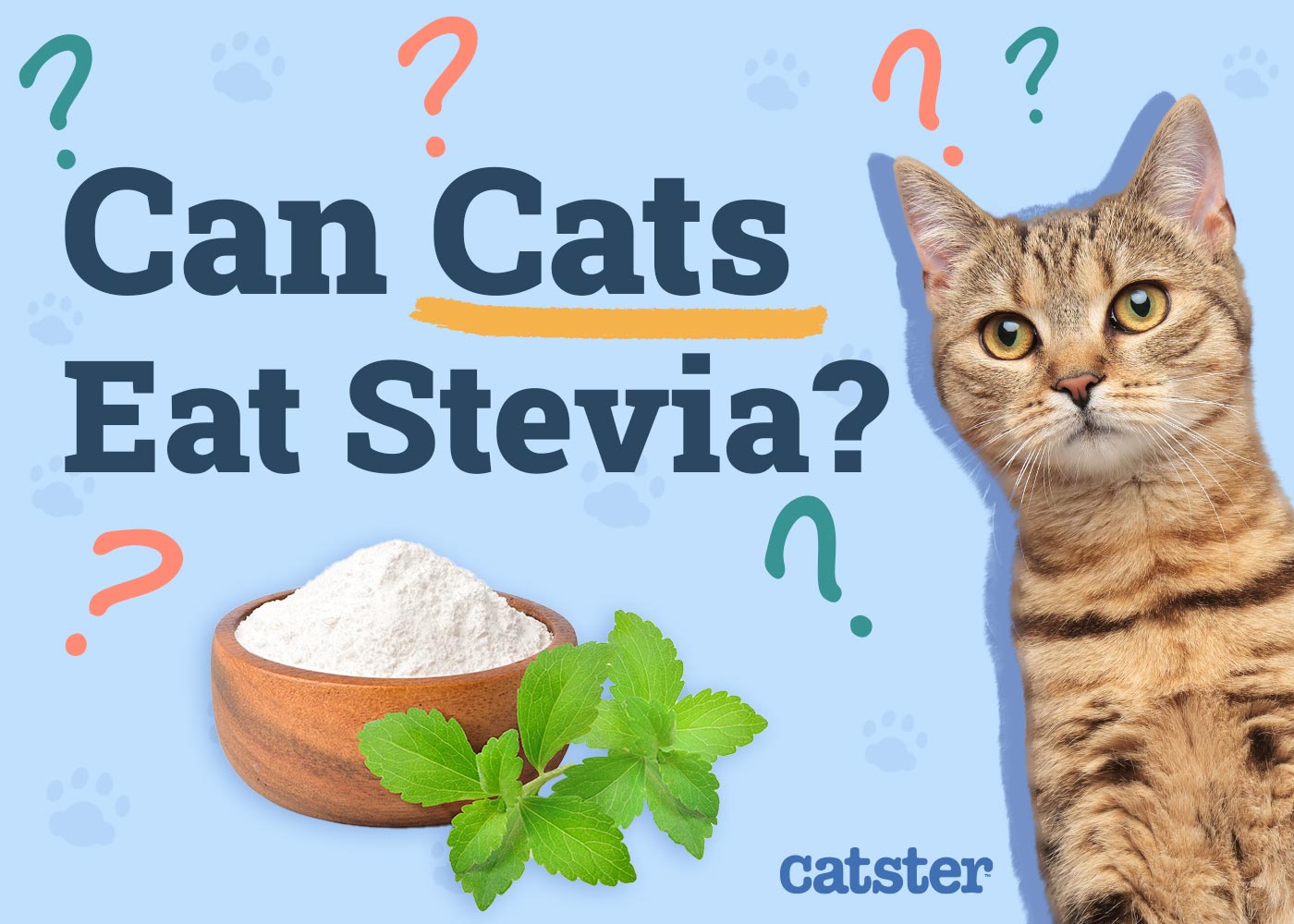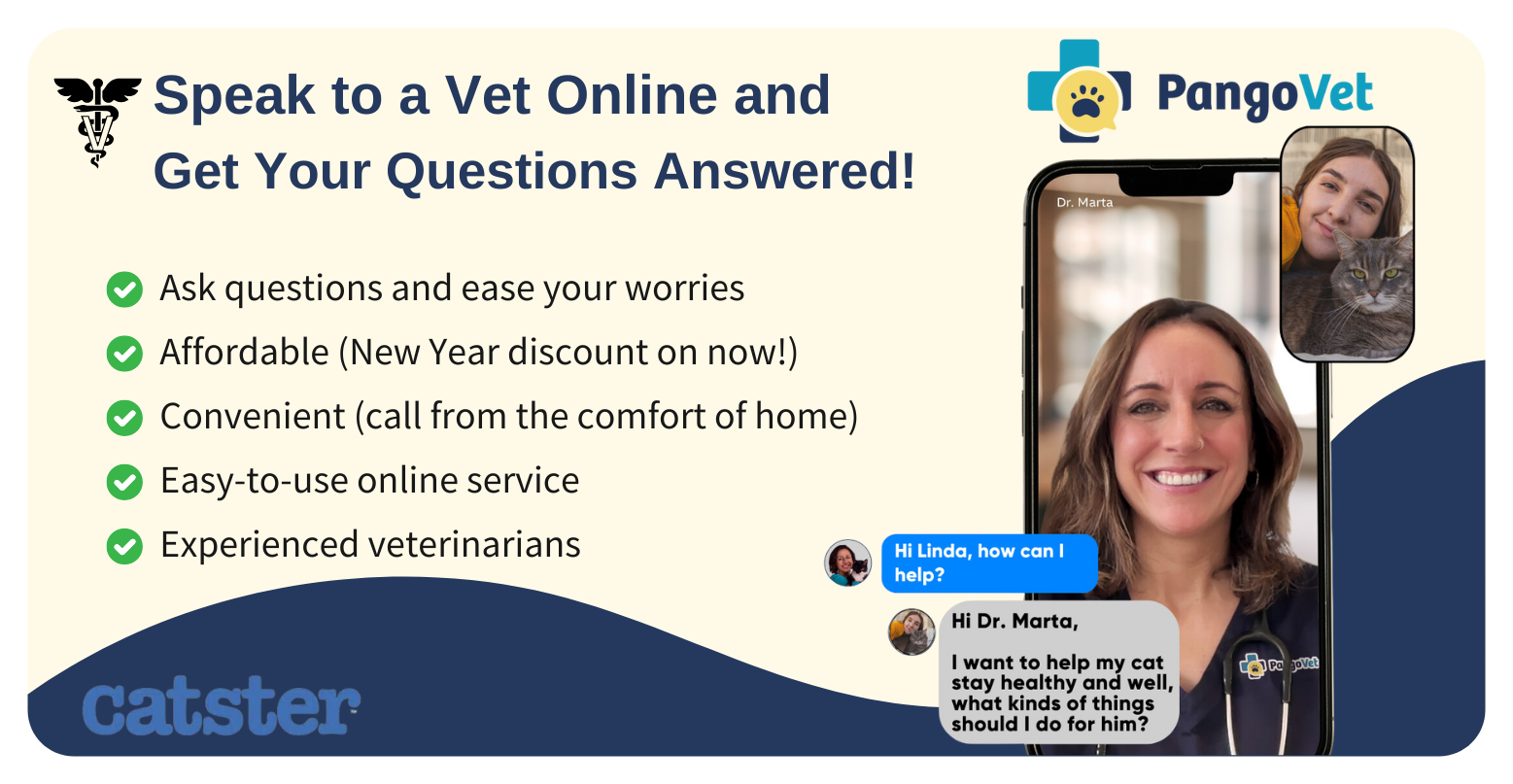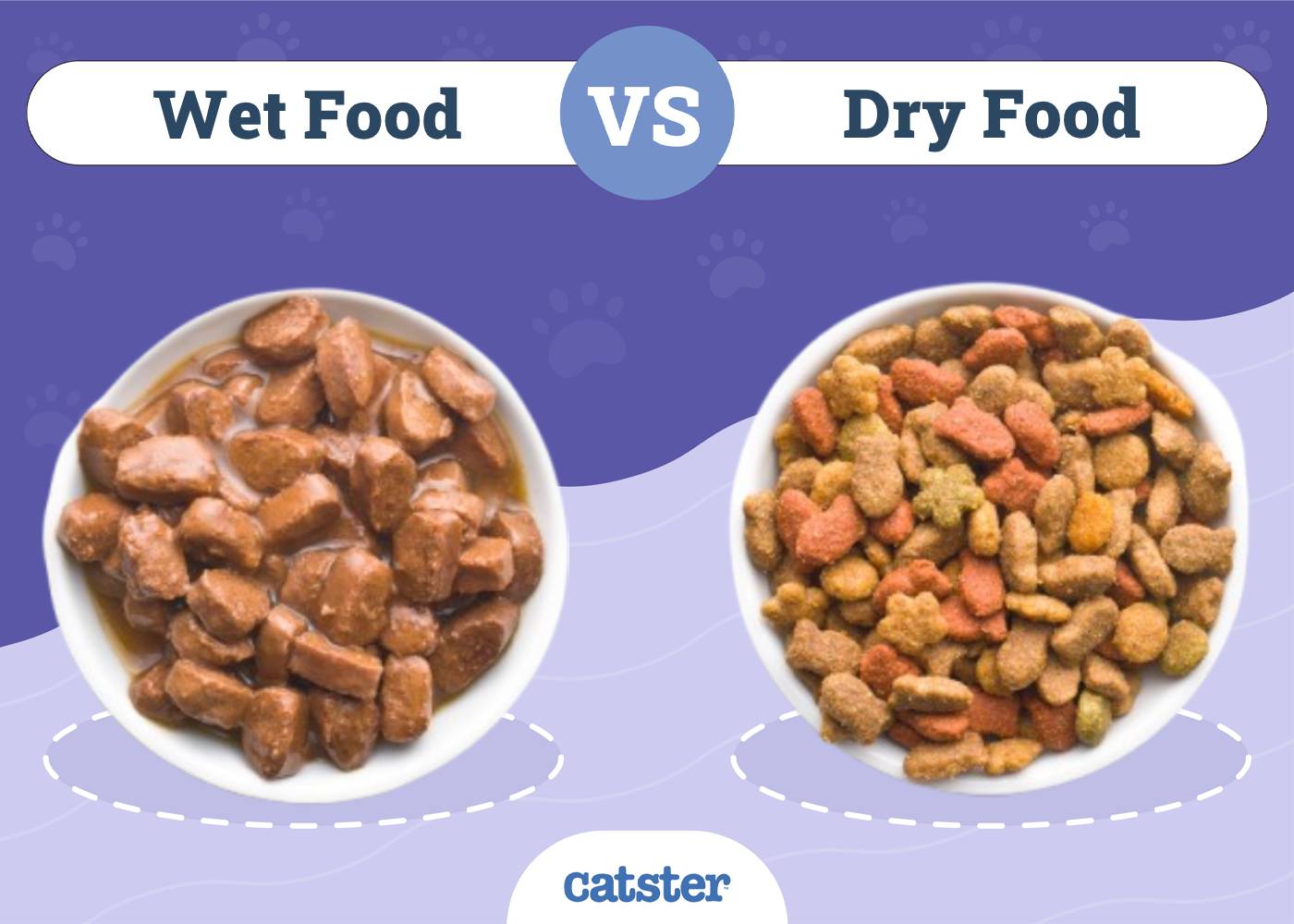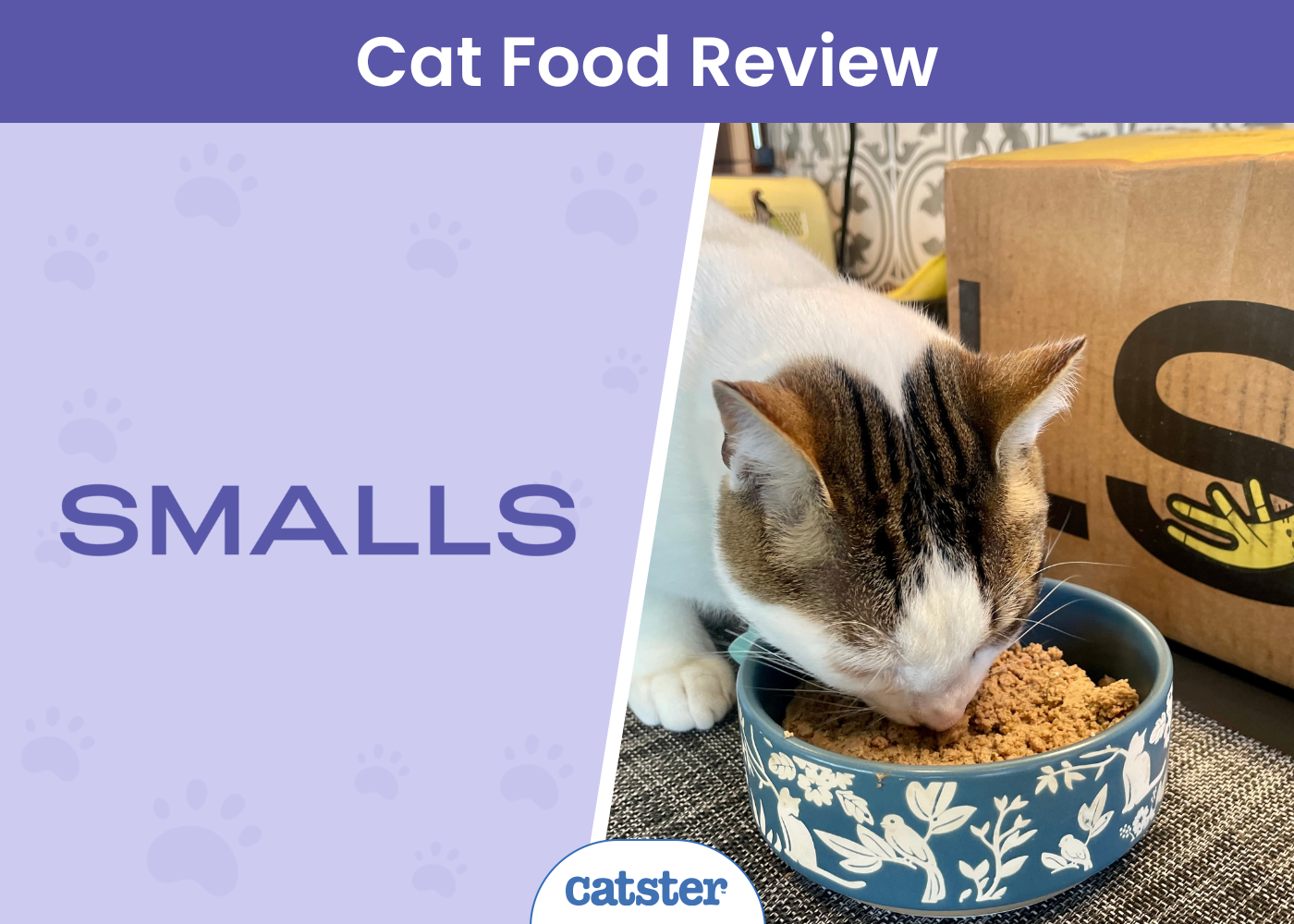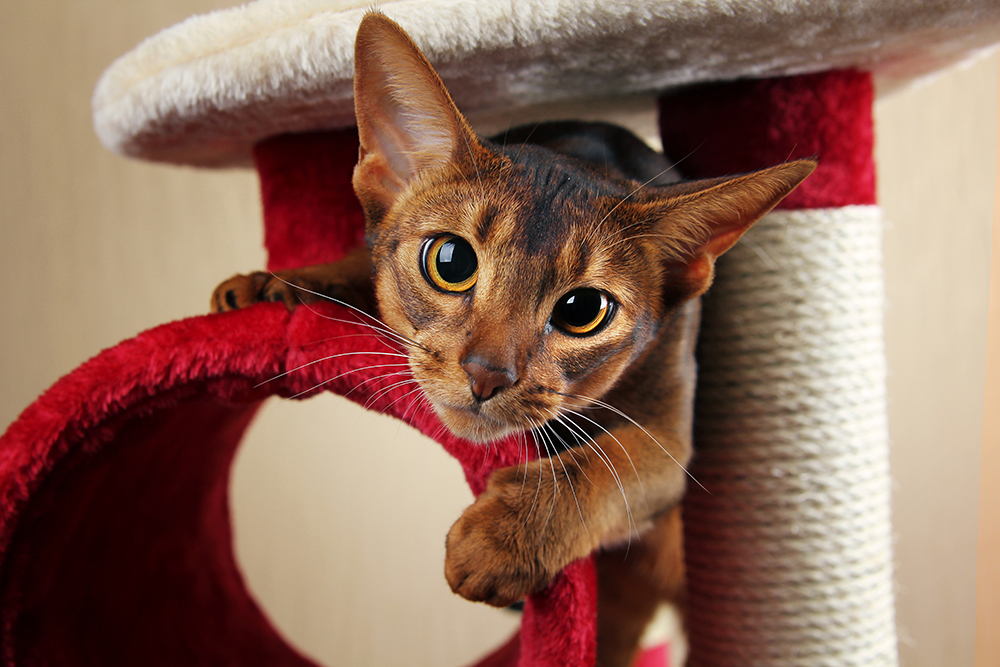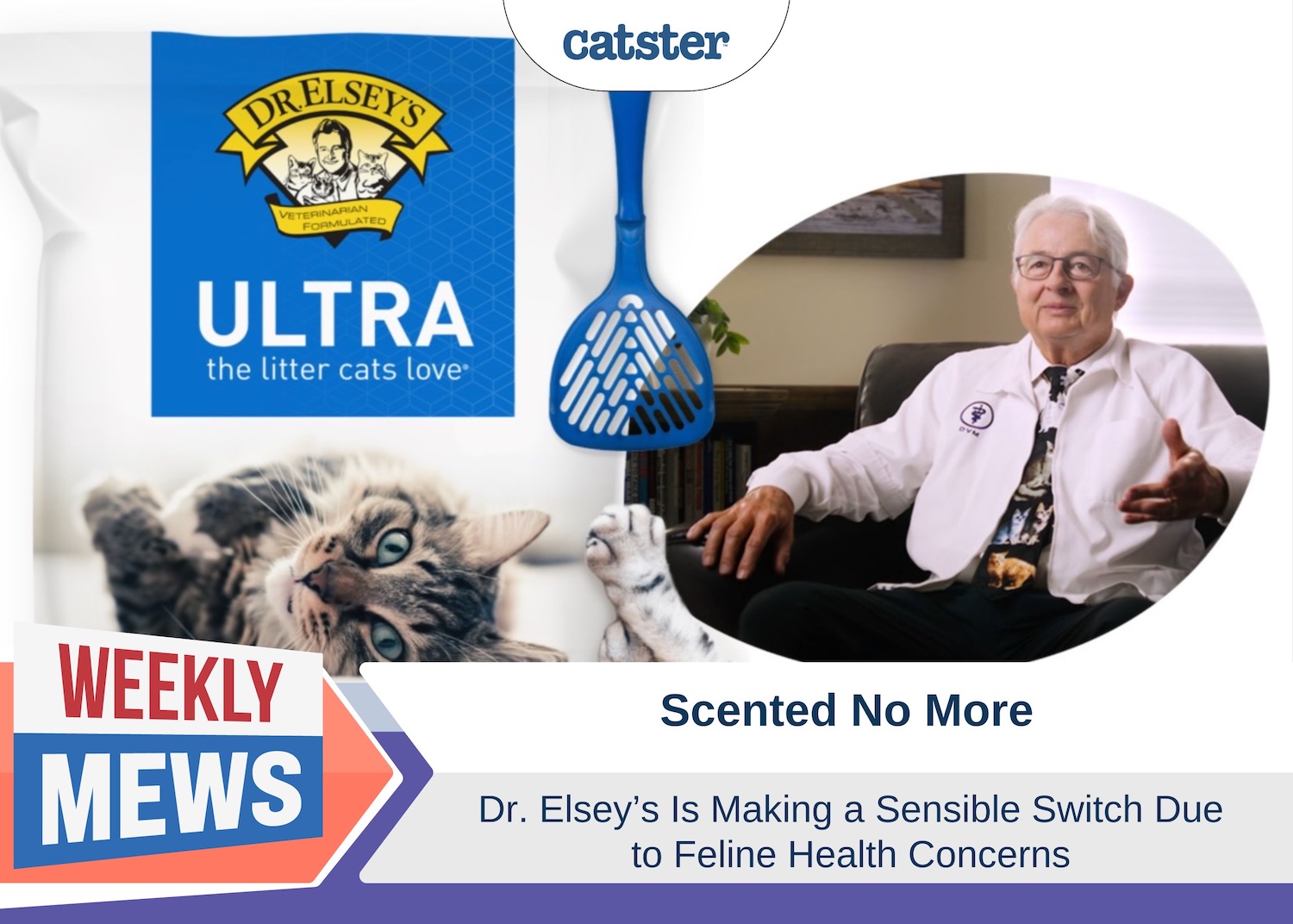Click to Skip Ahead
These days, you can find many different types of zero-calorie sweeteners and sugar substitutes. Each type has different compositions, so some may be safe for your cat to eat while others can be toxic.
Stevia is a plant-based sweetener that isn’t toxic to cats. You don’t have to worry too much if your curious cat sneaks into your pantry or coffee bar and gets into your stash of Stevia packets. However, it’s still not the best idea to sweeten your cat’s food or treats with Stevia. As Stevia isn’t a part of a cat’s natural diet, it’s not necessary to include it regularly into your cat’s meals.
Why Cats Shouldn’t Eat Stevia
The ASPCA’s Toxic and Non-Toxic Plants List confirms that Stevia is non-toxic to cats. So, you don’t have to worry about any poisoning if your cat eats a little bit of Stevia. However, cats can have sensitive stomachs, and sudden changes to their diet can cause gastrointestinal upset. There’s a risk that cats can still get sick and experience an upset stomach if they eat too much stevia in one sitting, especially if it’s a new food for them.
There’s also no need to add Stevia to a cat’s meal to sweeten it up. It may seem like a harmless addition since it’s non-toxic and contains zero calories. However, cats won’t appreciate any hints of sweetness in their food because they can’t taste sweetness. Their tongues lack taste buds with sweetness receptors.
What to Do if Your Cat Eats Stevia
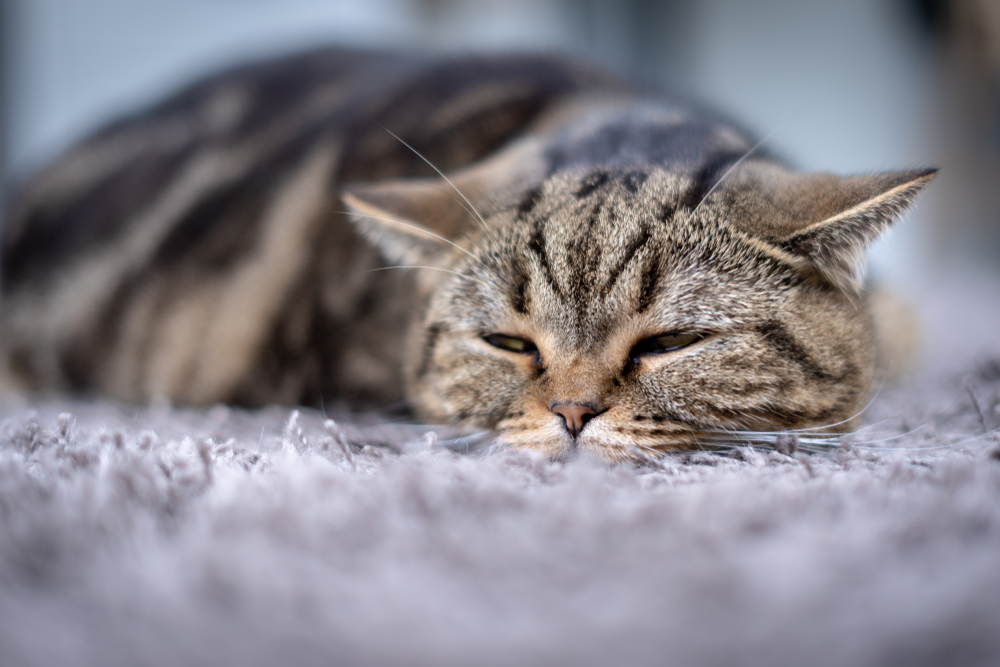
You don’t have to be concerned about poisoning, but you should still keep an eye out for signs of gastrointestinal upset if your cat eats Stevia. Vomiting and diarrhea are two signs of gastrointestinal upset. Cats can also experience nausea, and you can usually suspect nausea if your cat’s restless and licking its lips excessively.
If your cat has an upset stomach, make sure to supply plenty of fresh water for it to drink. Remove any food and avoid giving any treats or meals for 12 hours. If your cat vomits more than twice in 24 hours, alert your vet. You should also contact your veterinarian if any symptoms last more than 24 hours.
If you need to speak with a vet but can't get to one, head over to PangoVet. It's an online service where you can talk to a vet online and get the advice you need for your pet — all at an affordable price!
Cat’s Nutritional Needs
When caring for cats, it’s essential to remember that their diet is very different from a human diet. While humans are omnivores, cats are obligate carnivores. As obligate carnivores, they need a diet that’s high in protein and low in carbs.
Cats can’t survive on a vegan diet because they have essential nutrients, such as taurine, that they can only get from animal protein. According to the Association of American Feed Control Officials (AAFCO), adult cats require a diet that consists of at least 26% protein. Kittens need diets made up of at least 30% to support healthy growth and development.
Cats also need moderate amounts of fat in their diet because they use fat as an energy source. They also need omega-3 and omega-6 fatty acids to support their immune system and digestive system and maintain healthy skin and coat. The AAFCO has determined that the minimum amount of fat a cat’s diet should contain is 9%.
Carbohydrates aren’t as important to cats. Cats have more difficulty processing carbohydrates, and they don’t get much energy from them because their main sources of energy are protein and fat.
This doesn’t mean that cats shouldn’t eat any carbohydrates or anything outside of animal meat. They can still enjoy the healthy benefits of nutritious grains, fruits, and vegetables. Just make sure that your cat isn’t on a carbohydrate-heavy diet.
Healthy Stevia Alternatives
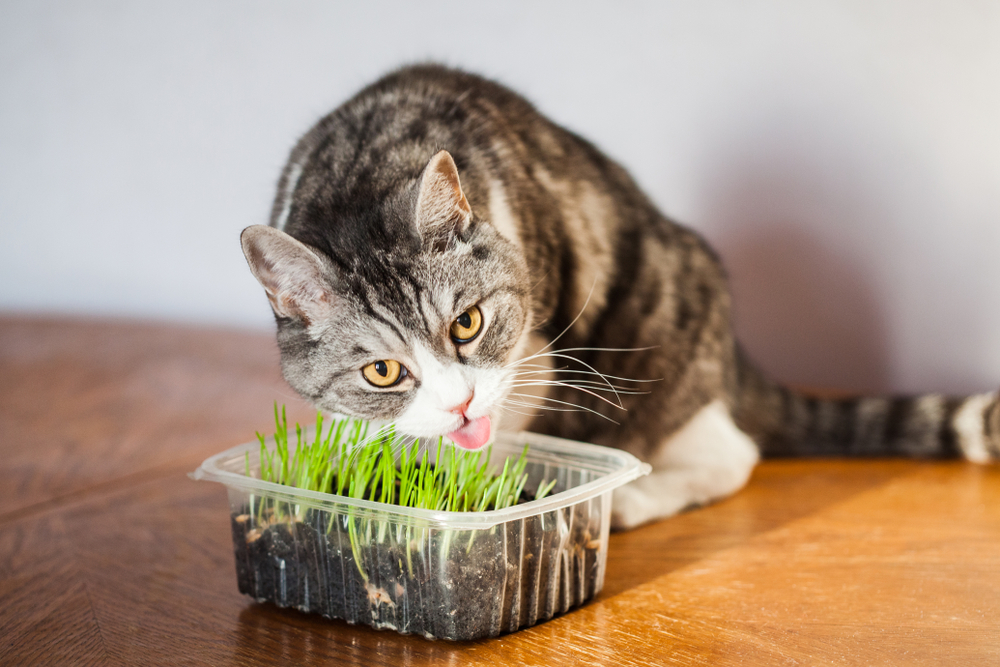
Cats aren’t really looking for more than nutritious food, but if you still want to liven up your cat’s diet, you can introduce some nutritious herbs into its diet. Here are some safe herbs that you can give to your cat:
- Catnip
- Cat thyme
- Calendula
- Dandelion root
- Echinacea
- Goldenseal
- Licorice root
- Valerian
A lot of these herbs contain beneficial properties that may help with anxiety, trouble sleeping, and joint pain. While it’s not guaranteed that all cats will enjoy these benefits or enjoy eating them, you can give them a try.
When introducing new foods to your cat, make sure to only give a small amount at first and wait to see if your cat experiences any adverse effects. A gradual incorporation of new food is key to avoiding an upset stomach.
If your cat has a special diet, chronic condition, or is taking medication, make sure to consult with your veterinarian before feeding your cat a new type of food. Some foods, especially herbs, can react to different medications or exacerbate signs of chronic illnesses. So, it’s imperative to check with your veterinarian to determine if a new food is safe for your cat.
Conclusion
While Stevia isn’t toxic to cats, they still shouldn’t eat it. Your cat will enjoy and be more appreciative of treats that are more palatable to their natural tastes. Meat-based treats are always a good option. Some herbs, such as catnip, can also be enjoyable options.
At the end of the day, Stevia doesn’t add any nutritional value to a cat’s diet, and cats can’t taste it either. Some may even experience an upset stomach. So, skip the sweetener and select a more nutritious snack for your cat. Your cat will find these snacks to be tastier, and you can feel content in knowing that you’ve been feeding your cat healthy food.
Featured Image Credit: AmyLv, Shutterstock

